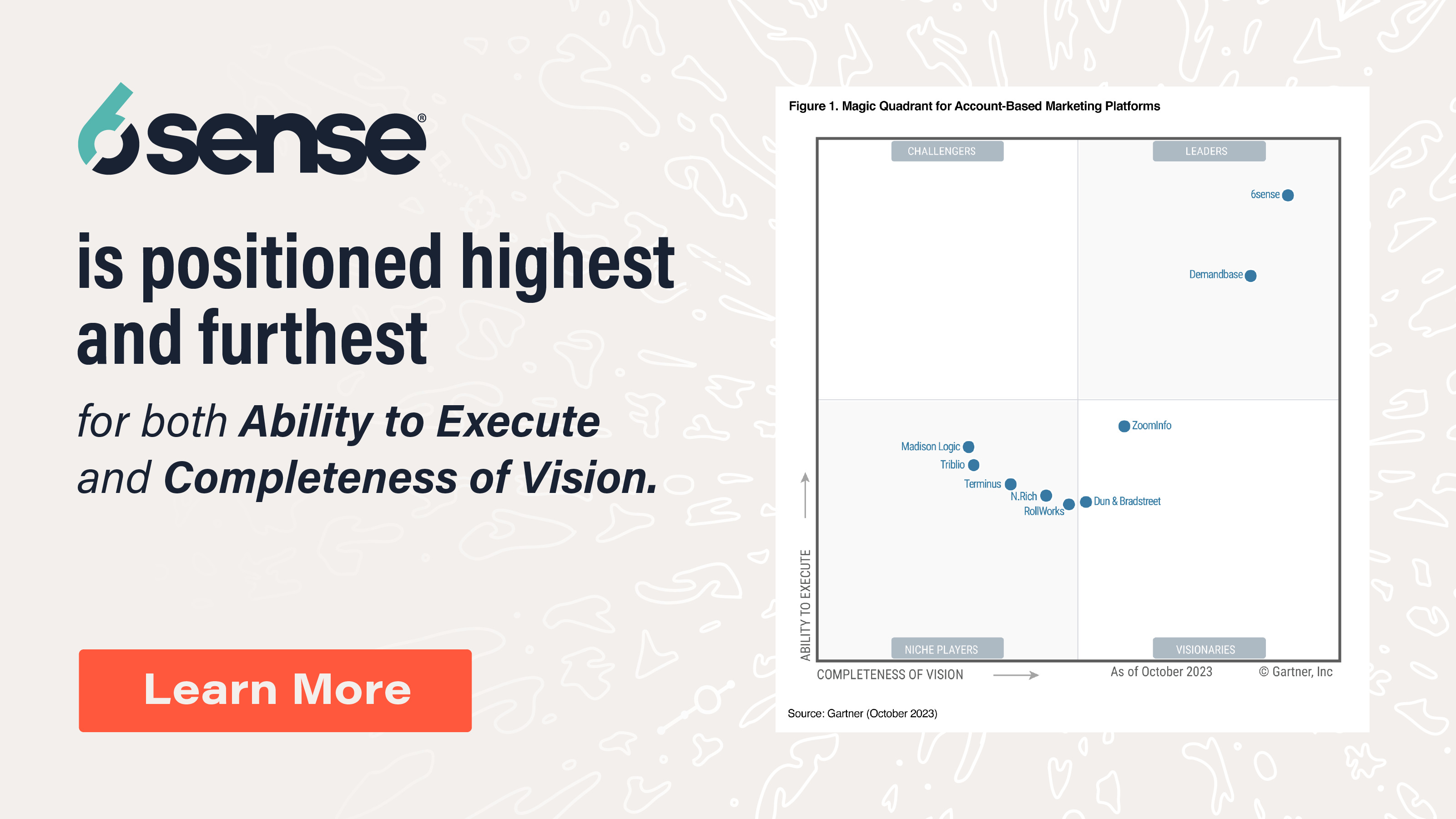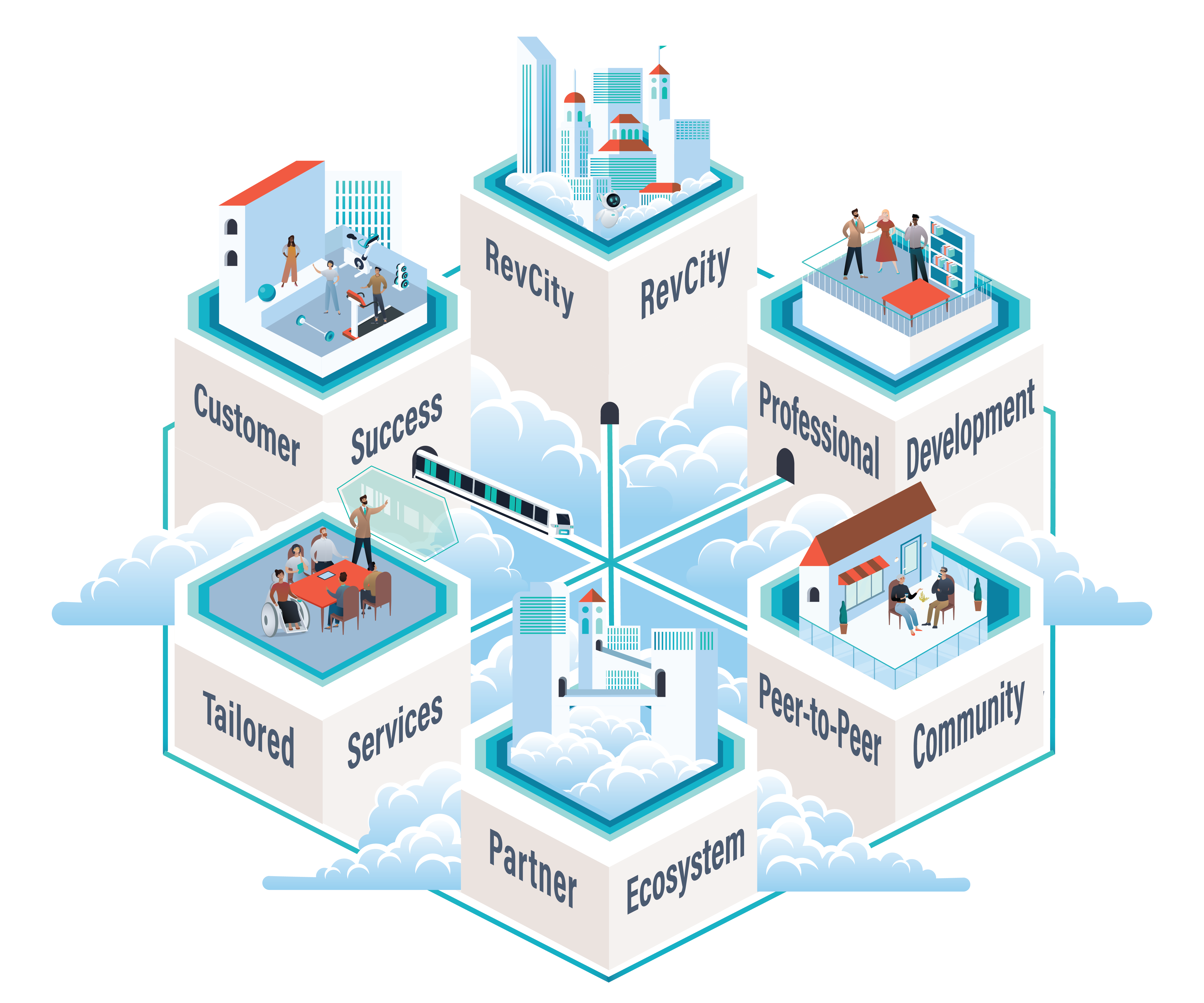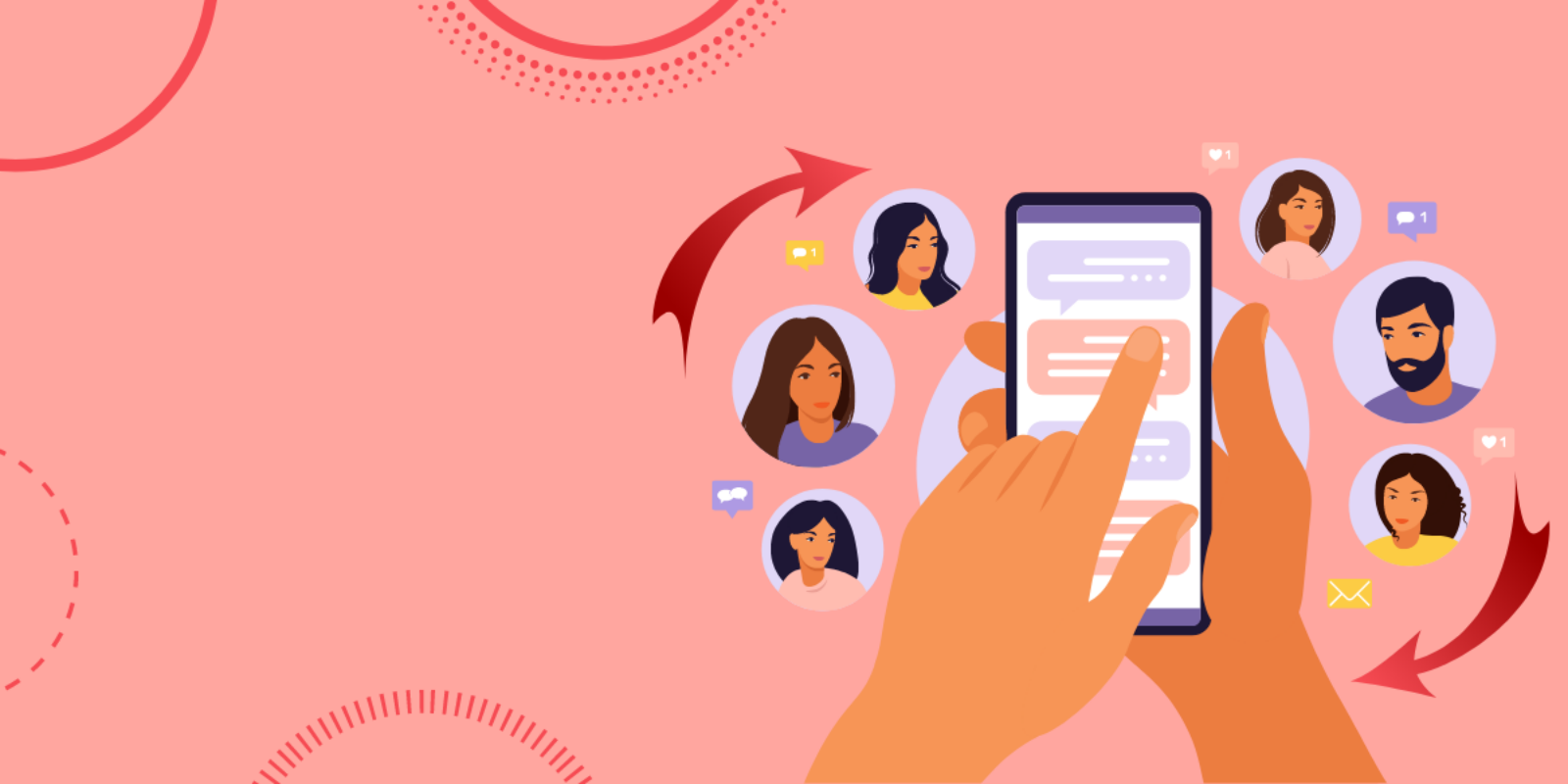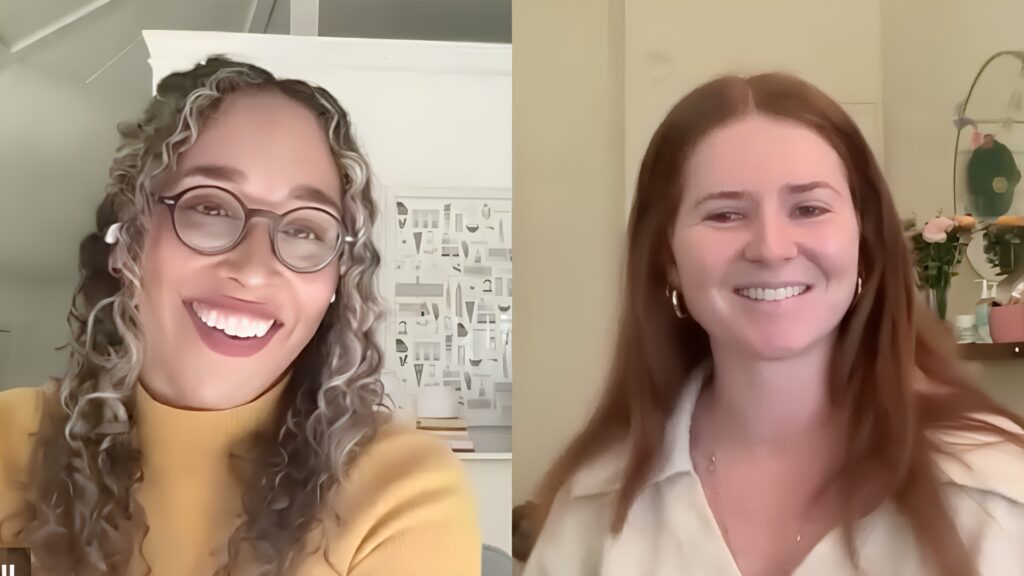The chances of getting a response from the first email you send your prospect are pretty low. However, sales follow-up email strategies are precisely what you can use to get your prospects to respond to your messages.
The percentage of sales made per contact is as follows:
- 1st contact – 2%
- 2nd contact – 3%
- 3rd contact – 5%
- 4th contact – 10%
- 5th – 12th contact – 80%
But 44% of salespeople give up after just one attempt.
Sales follow-up emails are critical. They help rectify objections, build relationships, and even upsell existing customers. Plus, when done correctly, they can create a sense of trust with your prospects and lead to more conversions.
7 Sales Follow-Up Email Strategies That Actually Work
1. Draft the Perfect Initial Message
Your initial message plays a critical role in the success of your follow-up emails. It shapes your first impression on your prospect and will be judged accordingly. Keep your message clear and concise, and include a simple CTA that tells the reader what to do next. For example, you might ask them to schedule a meeting or set up a demo.
The WIIFY (What’s In It For You) tactic is a must-have in your initial message. You need to show your prospects what they stand to gain from engaging with you.
2. Continue to Reinvent
In an inbox crowded with emails vying for attention, it’s essential to stand out from the crowd. Brainstorm all the ways you can grab your prospect’s attention without going astray from the primary message of your email. Get creative and think up ways to make your emails unique.
3. Automate What Can Be Automated
Automation tools and sales engagement platforms offer a variety of services that can make your life easier. These include sales outreach, dialer, open and click tracking for emails, and much more.
You can use automation to set up personalized sales sequences to reach out to your prospects in a timely manner. You can send automated follow-ups and even analyze the performance of each sequence. Automation lets you focus on the things that matter, while taking care of the time-consuming tasks.
4. Tickle Their Funny Bone
We’re not going to tell you that your prospect is going to respond to you just because you made them laugh. However, laughter does capture their attention, pique their curiosity, and get them to listen to what you have to say.
When crafting your follow-up emails, try to find ways to make your prospects chuckle. Just make sure your humor is appropriate and inoffensive.
5. Space Your Follow-Ups
Nobody likes being disturbed incessantly. Spamming your prospect with sales follow-up emails won’t get you far when it comes to eliciting responses. Let your prospects take their time. If the initial attempt doesn’t get a reply, send a follow-up after a few days. Experiment with your messaging and tone, but make sure to space your follow-ups appropriately.
6. Do Your Homework
If there’s a surefire way to impress your prospect, it’s to thoroughly study their background and include this information in your email. Doing your homework shows you care about the prospect and can help you to create a powerful connection.
7. KISS
When crafting your follow-up emails, you don’t want to overwhelm your prospects with too much information. Keep it short, sweet, and to the point. Your emails should be concise and include a clear CTA that tells the reader what to do next.
By following the strategies outlined above, you’ll be well on your way to crafting effective follow-up emails that’ll help you connect with your prospects and close more deals. Good luck!






